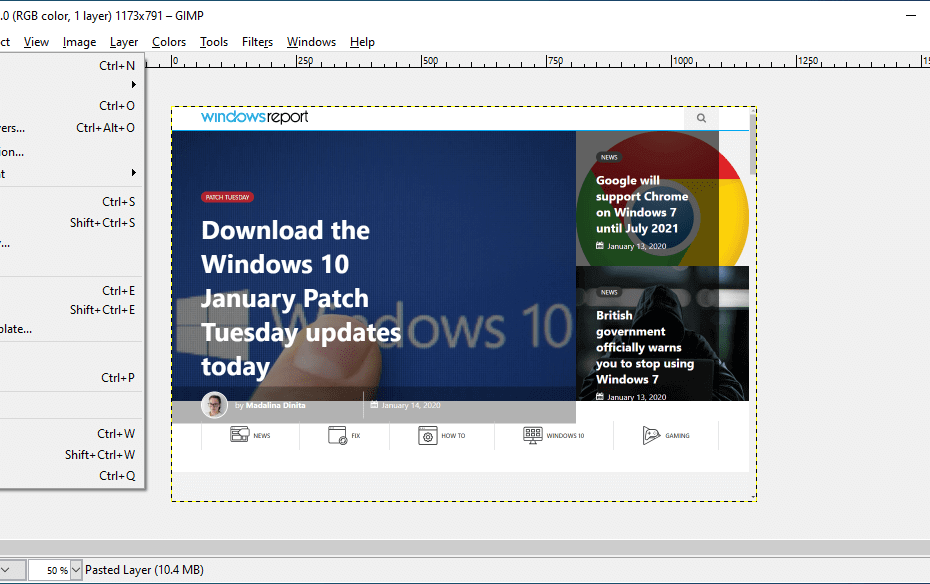

- #GIMP STUCK ON LOOKING FOR DATA FILES FONTS MAC OS#
- #GIMP STUCK ON LOOKING FOR DATA FILES FONTS WINDOWS#
If you rename it you can later copy useful things (brushes, gradients and other assets you added yourself) from the old profile to the new.
#GIMP STUCK ON LOOKING FOR DATA FILES FONTS WINDOWS#
Edit>Preferences>Windows management>Reset saved windows positions to default values.If you break things, see the next two steps. For the intrepid: edit the sessionrc file in your Gimp profile with a text editor and check the coordinates of the missing dock/dialog, it could be set off-screen (for instance if you used a second screen in the past).Windows>Dockable dialogs>Toolbox to get a new one (or reopen the hidden one if it exists).See if the dock is still listed in Windows>Recently closed docks>.Just hit the Tab key (or use Windows>Hide docks), this toggles the visibility of existing dialogs.

In case you want to complete an existing font, you can use the script mergeFonts.py.In increasing order of destructive power:

This will let you know more output in case of errors. from the terminal, go to the glyphtracer-1.4 folder and run.from your file manager, double-click on the file glyphtracer inside the glyphtracer-1.4 folder.To launch GlyphTracer, there are two possibilities:.Change the color mode to Indexed mode with 1 black/white bit.In order to prevent this, we can put a black rectangle of the height of the maximum ascendant and maximum descendant. If we use GlyphTracer 1.4, this ends up with different scales of glyphs. When importing a bitmap, Fontforge scales up/down the bitmap so that it fits into the glyph box. Preparing the image Get a bitmap image of characters (crop unnecessary white parts for a faster process, you can use Gimp’s automatic crop for that). GlyphTracer (included with this package).
#GIMP STUCK ON LOOKING FOR DATA FILES FONTS MAC OS#
This is the recipe that you have in your screen. The best way to work with the PDF version of this manual is if you display the file with the Apple Preview software under Mac OS X. If you feed him with an unripe scan, GlyphTracer would give you marshmallow.įons then got trained by Pierre Huyghebaert, the bitmap master, and took good note. GlyphTracer went a step ahead and now autotraces the font with the Fontforge toolbox so that we keepīut Fons knew this was not enough. When done, he autotraces in the command line limbo and generates a nicely wrapped. GlyphTracer shouts glyphs and we would point at the letters on a scanned page. He got GlyphTracer 1.3 of Jussi Pakkanen, as a master. He just wants to learn the alphabet, to be able to recognize the letters when we point at them. He does not have much ambition (like to read novels and such). Nor Pierre Marchand whose new lazy landscape is made in waend.įons is the spiritual son of Fonzie. Michael Korntheuer, which could suck the pages with a vacuum cleaner to read the next page.īut ScanBot couldn’t make it through the winter, and Fonzie kind of got stuck in his sweet sixteenĪnd didn’t follow the new trends in the libraries of code. With all those a’s or all those z’s, he was drawing an average shape of all those instances of letters.įonzie collaborated with ScanBot, a coarse book scanner, But Fonzie is so cool that he’s going even further. He could decipher letters from a scanned page of a book by using OCR (Optical Character Recognition).įonzie could then read nice stories. In his teenage years, in 2013, Fonzie got more and more experienced. They had to not hold hands and ordered themselves by the order of the Unicode. In his childhood, Fonzie asked for letters to behave well and to organize themselves. In 2011, Pierre Marchand made with his own hands, in the laboratory of OSP, a creature called Fonzie.īesides being cool, Fonzie was able to make a typeface out of scanned letters. A recipe to make fonts out of bitmap images.


 0 kommentar(er)
0 kommentar(er)
